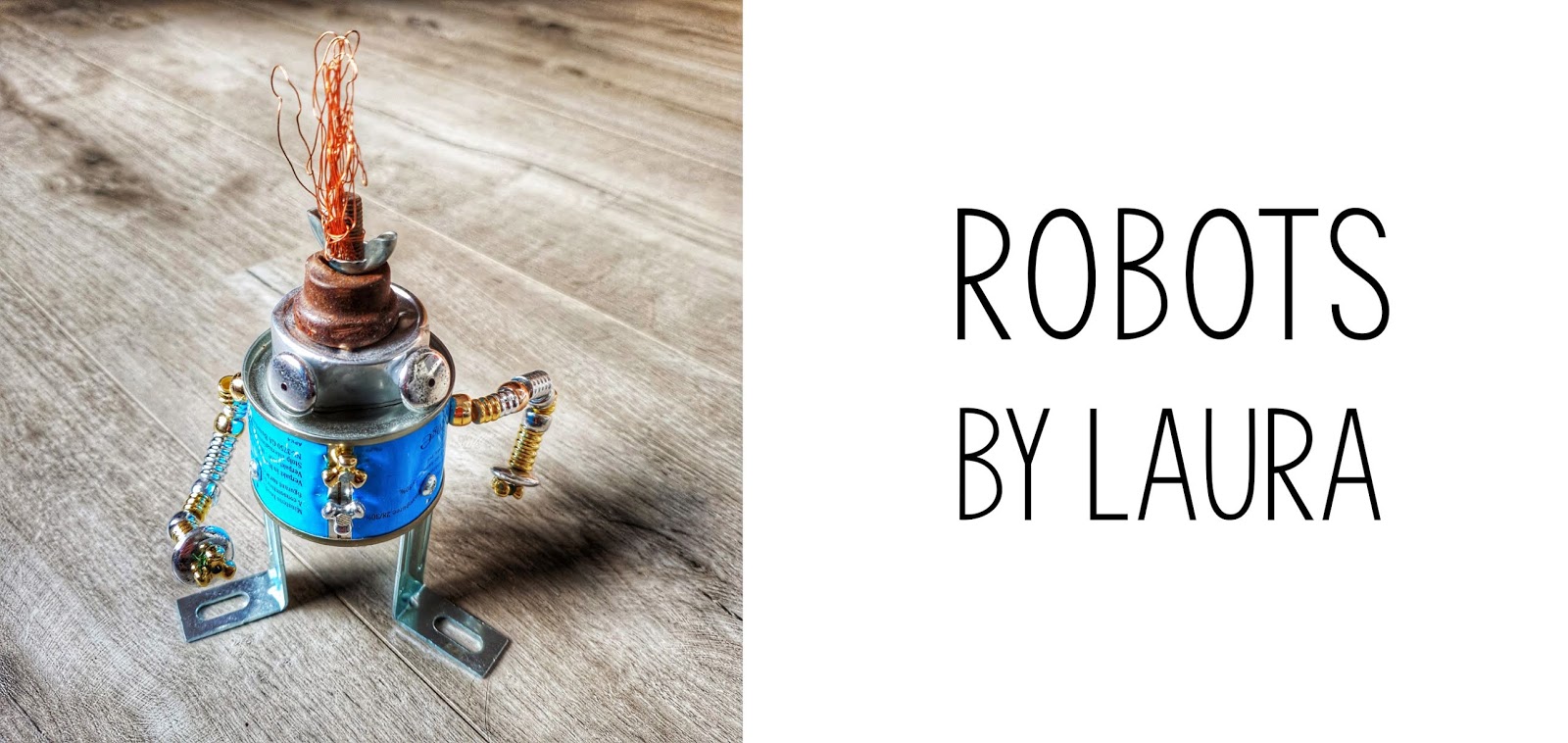Nature Museum Brussels
We all want to give our toddlers the best experiences. Although it is not always easy to take them to the reality and make it interesting and interactive for them if you would like to go to a museum as for example the nature museum of Brussels. I wanted to share my thoughts about how to make it interesting and how I would prepare my class for a visit like this.
How to prepare when you go on a visit out of your school?
Make a conversation or tell the children a story about a visit to the museum. Brainstorm afterwards; questions like what do we need to do when we go to a museum? What do you think to see when we go on our own trip to the museum? Has a museum rules what could the rules be? Can we make lot's of noses? Why, why not? , .. etc
With brainstorming it is important that the answers come from the children their thoughts. This make the children more engaged.
Work towards the visit of the museum. Ask parents to join you to the museum so you can work with small groups that every adult/teacher is responsible for a group of children.
How to make the visit interactive?
I would go to the museum myself first. Take a lot of pictures, take for example your hand doll with you and place him on different spots in the museum and make a picture.
Make a map for the children like a treasure hunt. They need to find their way to the end of the visit. They need to find some clues and at some points foresee an activity that the children need to do, to keep it interesting and fun. Also inform yourself at the museum if they provide workshops for children of that particular age.
How long would this dinosaurs be?
In the museum you can find this enormous leg of this dinosaur. How long would he be in real life? How many children, arms, hand, shoes, ... would we need?
Activities for in the class
Ask the children if they have any dinosaurs play toys at home. Stones, fossils that they can investigate in the classroom.
Archaeology in the sand pit
Cook some bones from chicken that you have eaten and place them in clay, cement, salt dough ... and ready to go. Put it in the sand pit and the children can start investigating, digging up bones and fossils. Give your children a brush, just like the archaeologists. Dig!
Making bones and fossils
This is a great dino activity. From salt dough you can make bones of dinosaurs, but also fossils. If you crush a ball and press a dino or the legs of a dino then you soon get a fossil. Let them harden or bake them in the oven. Afterwards you can make a nice game out of it: which fossil belongs to which dino?
Investigating stones
Go for a walk in the forest and look for stones, can we find patrons in it? How would it look in the inside? Ask the children to collect stones at home, when they go for a walk. How many bricks/ stones can you pile up? Chop a stone, see what is on the inside. Maybe we will find some fossils like this fish.







Comments
Post a Comment